I was so intrigued when in college I saw the practice of Polychaetes that to this day many of my doubts can only be clarified in my independent research! Again, take a fire worm from the marine environment to take a closer look at its anatomy, it is incredible how some organs of these animals look because they are almost transparent! in my post we will learn a little more about them!🙂🙂
Fiquei tão intrigado quando na universidade vi a prática dos Poliquetas que até hoje muitas das minhas dúvidas só podem ser esclarecidas em minha pesquisa independente! Novamente, pegue um verme de fogo do meio marinho para dar uma olhada mais de perto em sua anatomia, é incrível a aparência de alguns órgãos desses animais por serem quase transparentes! na minha postagem conheceremos um pouco mais sobre eles!😮🤔

SALT WATER PARASITES🙂, PARASITA DE ÁGUA SALGADA🧠🦾👍
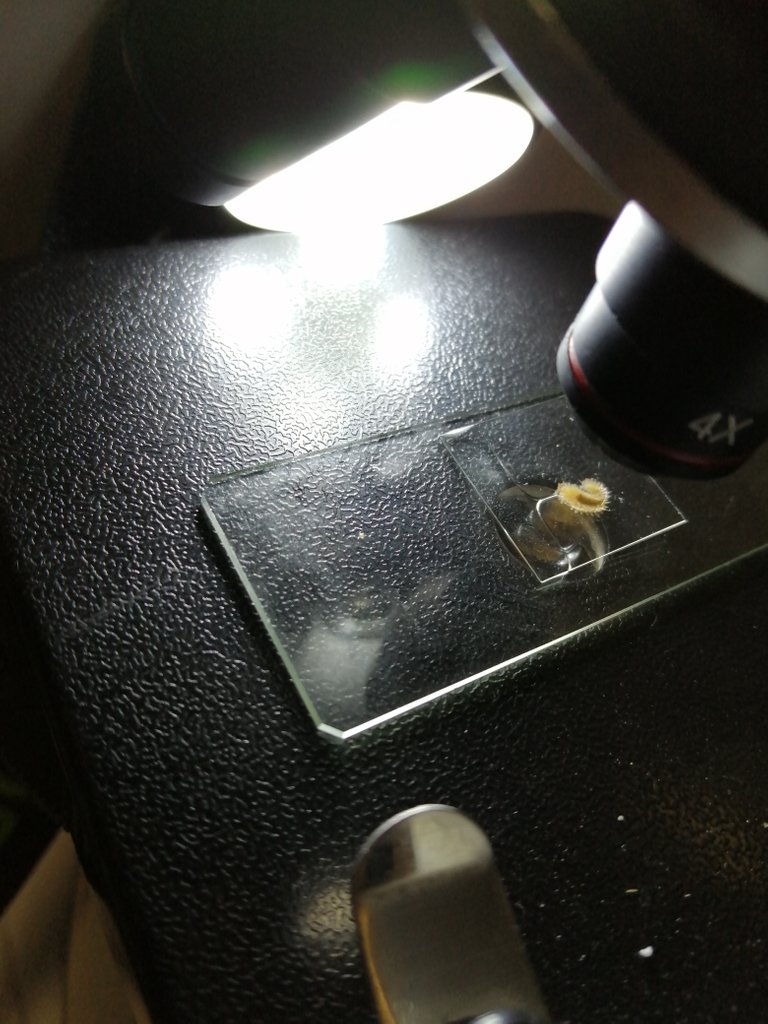
This species (Hermodice carunculata) is known by the common name as "fire worm". They are literally saltwater worms with a great peculiarity and that is that they have very stinging venom in their spines that they use to trap their prey as some are predators such as poison is also used as self-defense! in the aquarium they are pests and nobody wants them in their aquariums because they harm the biota!😮🤔
Esta espécie (Hermodice carunculata) é conhecida pelo nome vulgar como "verme do fogo". São literalmente vermes de água salgada com uma grande peculiaridade: têm um veneno muito pungente nas espinhas que usam para apanhar as suas presas como alguns predadores como o veneno também são usados como autodefesa! no aquário são pragas e ninguém os quer nos aquários porque prejudicam a biota!👨🏫👨🎓
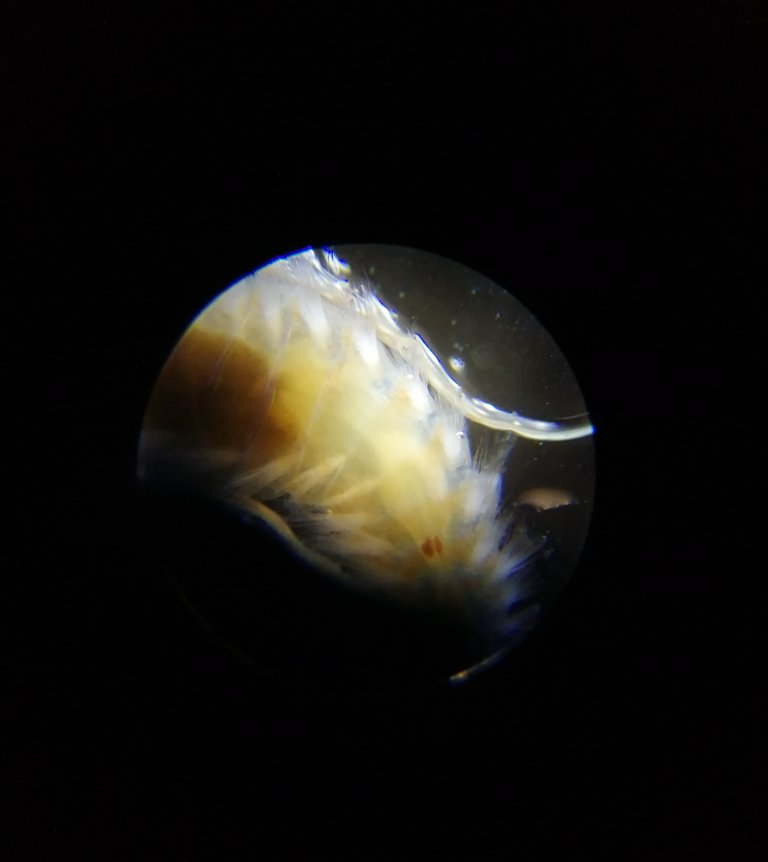


In the image we can clearly see the "brain" that fulfills a similar function to ours but evolutionarily it is not advanced at all, it only fulfills basic functions, we can also see the mouth, which is the place where the food enters and then to be digested! This species was described in 1766, if we want to catch it in the wild we could get it in reefs or between layers of algae, they do not live in great depths to a maximum of 20 meters!🤔😮
Na imagem podemos ver claramente o "cérebro" que desempenha uma função semelhante à nossa mas evolutivamente não é nada avançado, apenas cumpre funções básicas, podemos ver também a boca, que é o local por onde entra o alimento e depois para ser digerido! Esta espécie foi descrita em 1766, se quisermos capturá-la na natureza, poderíamos obtê-la em recifes ou entre camadas de algas, pois não vivem em grandes profundidades até no máximo 20 metros!😃😃
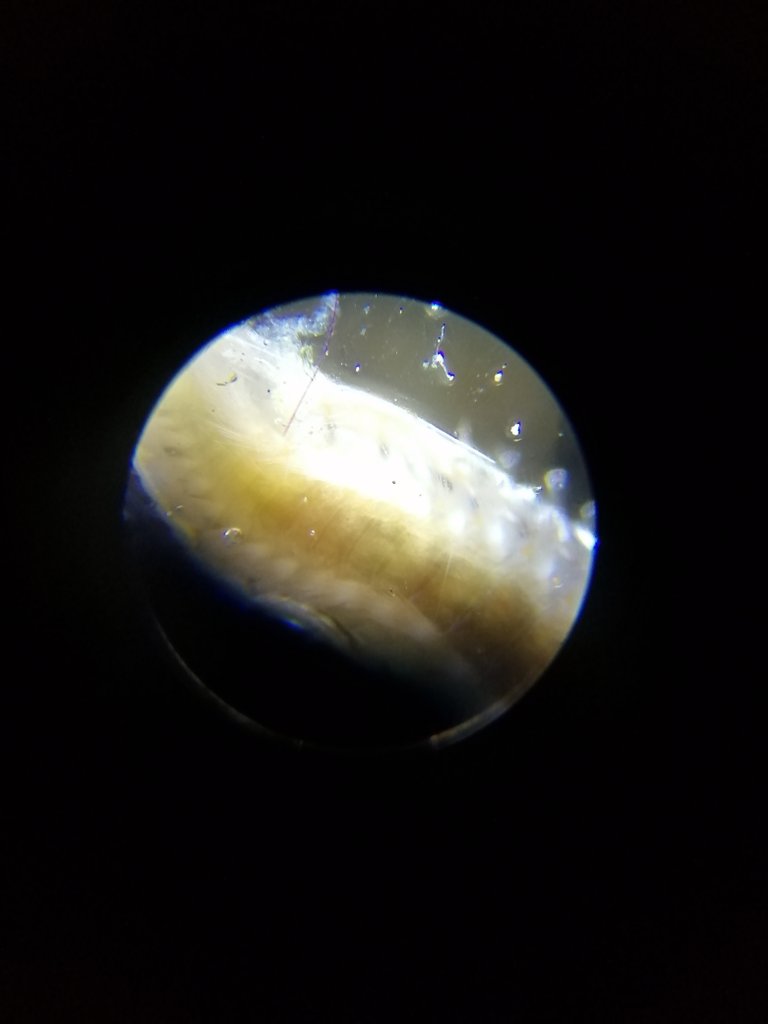
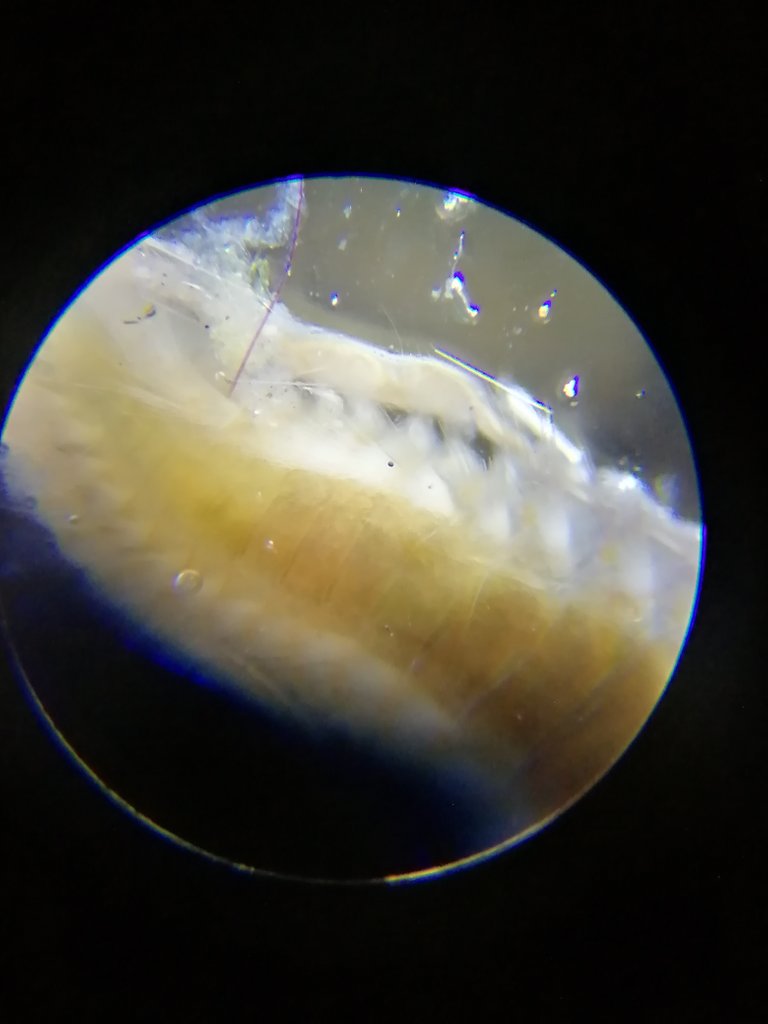
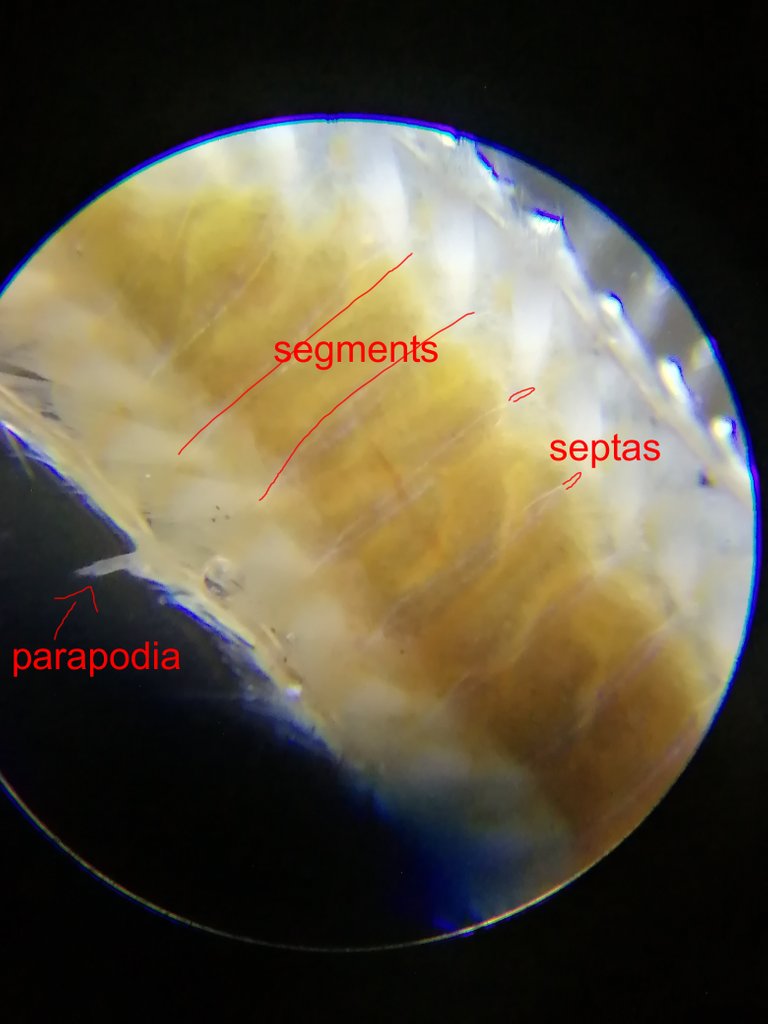
In this photo we can detail the body of the marine worms, it basically consists of a body divided into segments, the septa are the ones that divide the sections between the segments! And it is also clear that the parapodia are appendixes that are pairs and that we find them in the anelids, many experts use touch to identify the animal since the bristles that they have on the sides can be palpable but irritate the skin due to the poison there your name! that many times it feels like passing your hand through fire!😮💥
When they arrive in our aquariums it is because they are accidentally captured with other invertebrates or when we buy live rocks! There are those who keep these animals in their aquarium to help the decomposition of waste and organic matter, the problem is that they can grow up to 30cm and that is where the problem begins because they can kill small fish!💥💥
Quando chegam aos nossos aquários é porque foram acidentalmente capturados com outros invertebrados ou quando compramos rochas vivas! Há quem tenha estes animais no aquário para ajudar na decomposição de resíduos e matéria orgânica, o problema é que podem crescer até 30cm e é aí que começa o problema porque podem matar peixes pequenos!😮😮
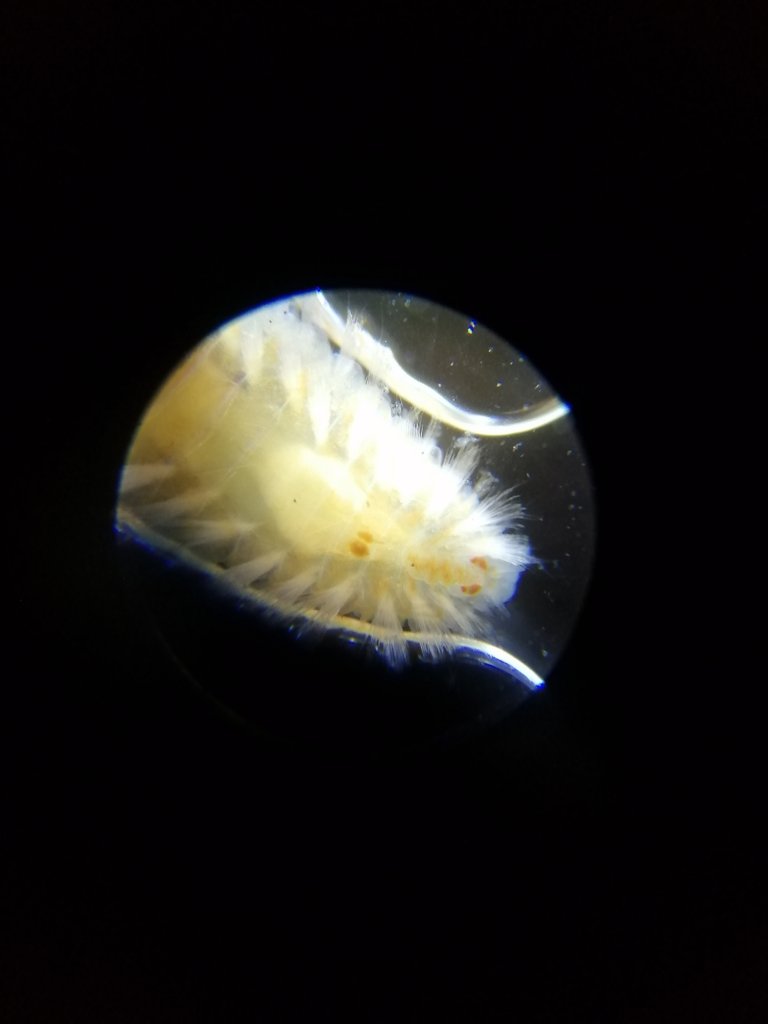
The stinging bristles of the worm are made of calcium carbonate and for this reason the pale white color, they are of a hard, hollow and long consistency, very similar to the hair of a mammal, when they make contact with the fish they detach and are buried in the flesh of the animal causing very acute pain, they rarely die but some deaths have been recorded in small fish!🙂🙂
As cerdas picantes do verme são feitas de carbonato de cálcio e por esta razão de cor branca pálida, são de consistência dura, oca e longa, muito semelhante ao pêlo de um mamífero, quando entram em contato com os peixes que se desprendem e são enterrados na carne do animal causando uma dor muito aguda, eles raramente morrem, mas algumas mortes foram registradas em peixes pequenos!😮🤔

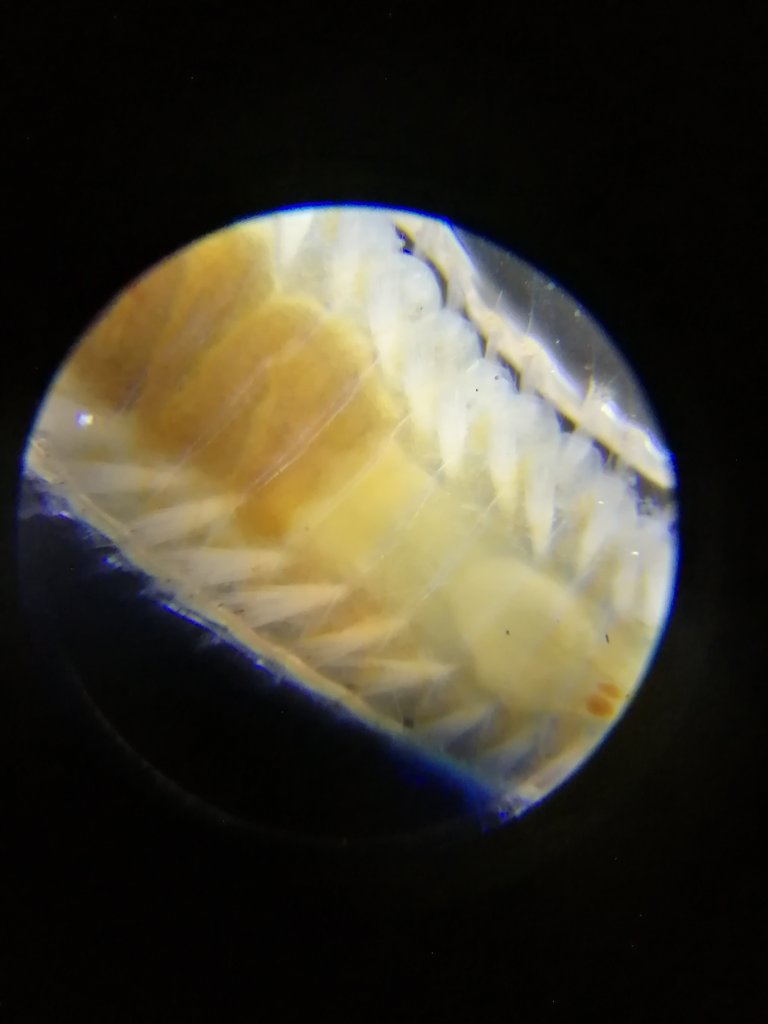

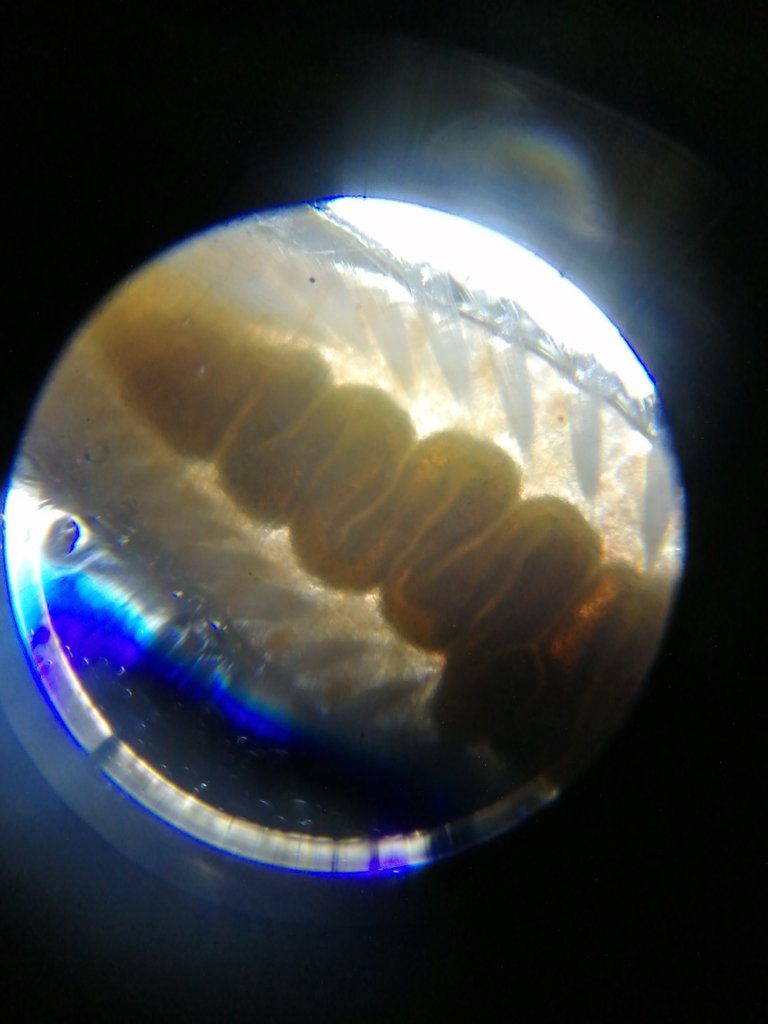

The colorful appearance of the worm (red-orange) makes it what is known in aposetamic pattern biology and it is that appearance that tells the fish not to bite me because I have poison! This is a survival advantage of the animal and prevents all fish from biting it!😮💥
If you look closely at the video, you can see how blood runs through the worm's vessels throughout the entire body!🩸🩸
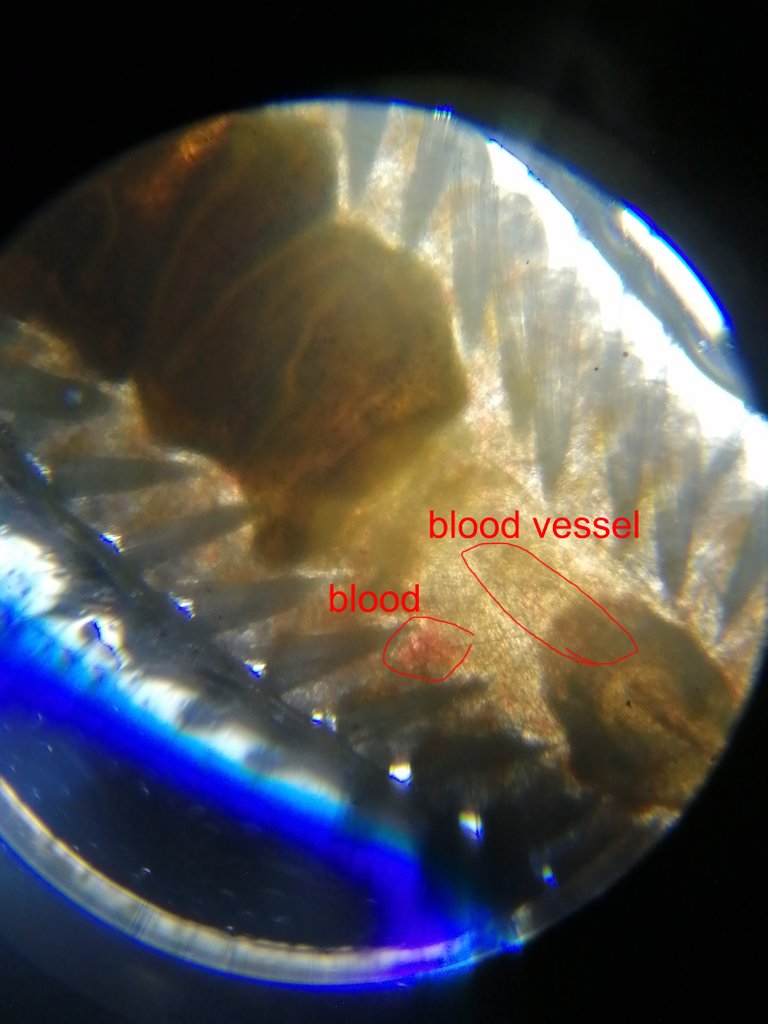
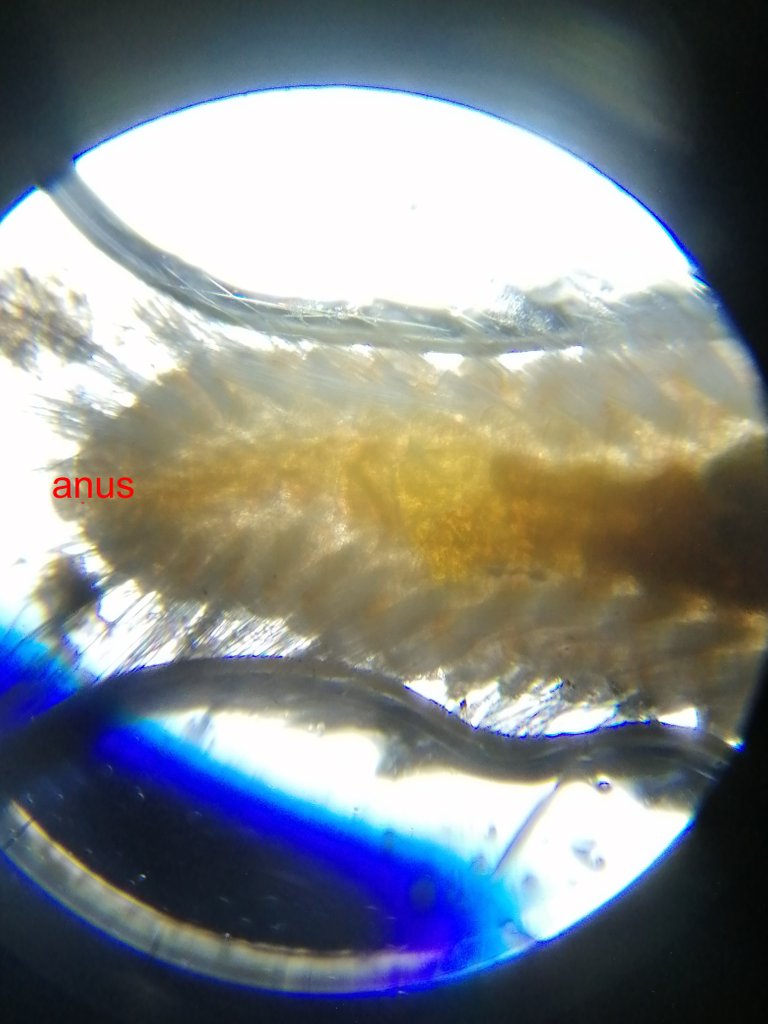
Incredibly there are microscopic polychaetes that are so small that they could live in just a small grain of sand, this gives us an idea of how incredible nature is!😮😮
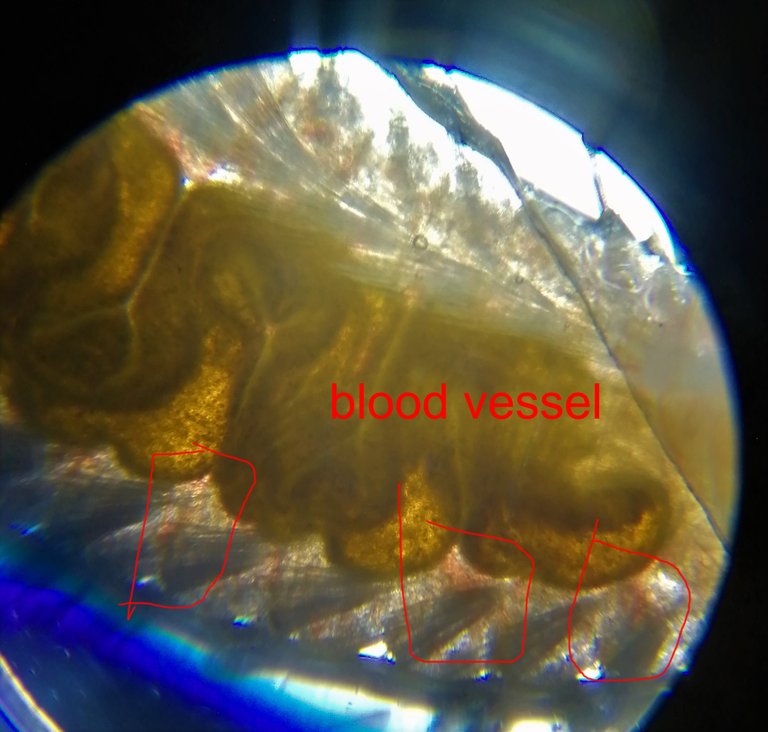
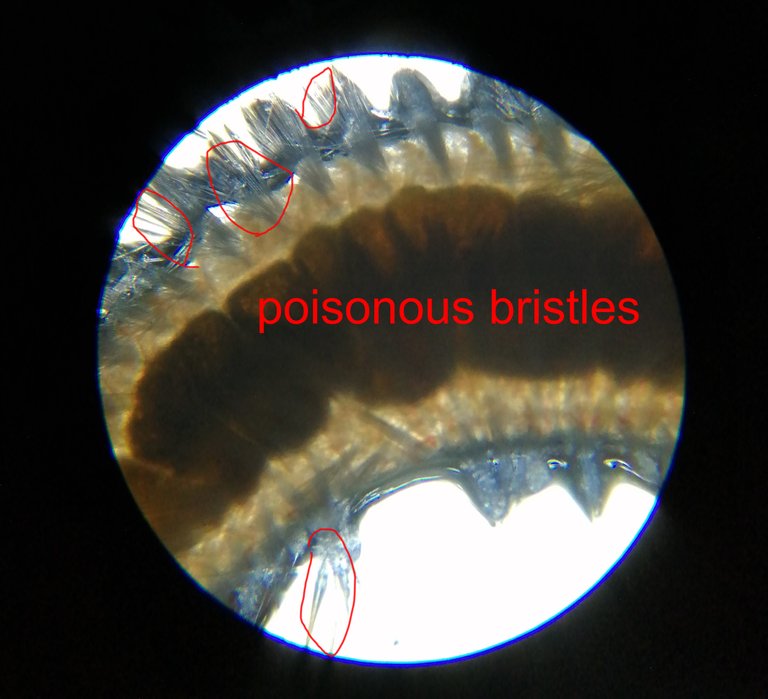
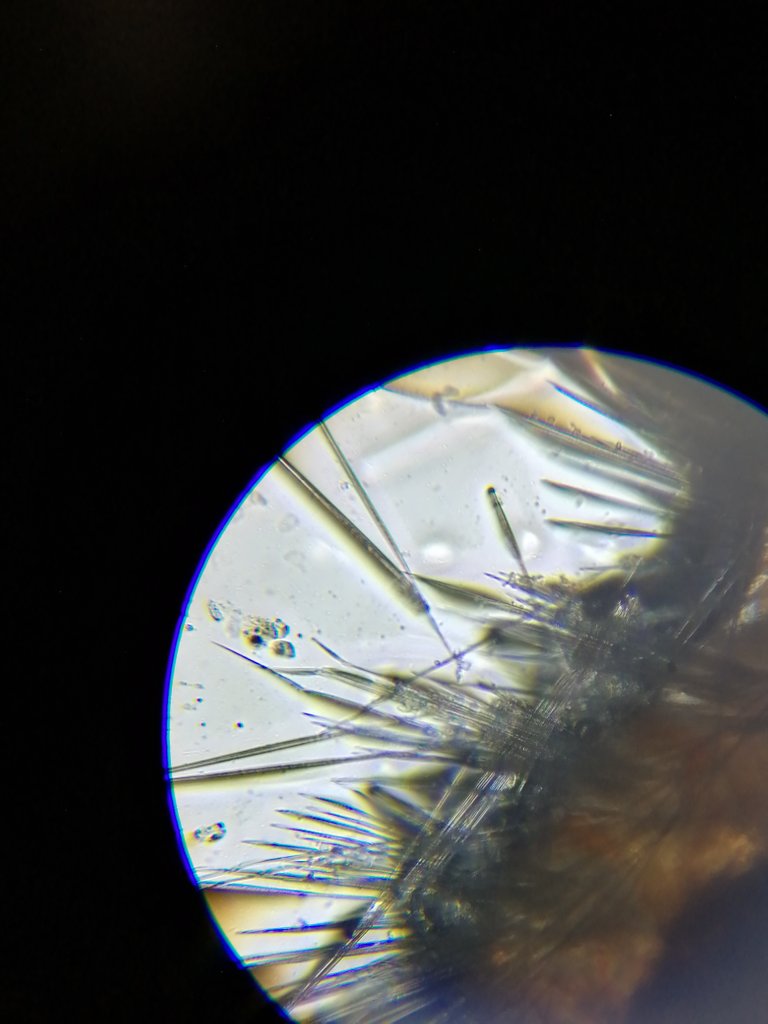
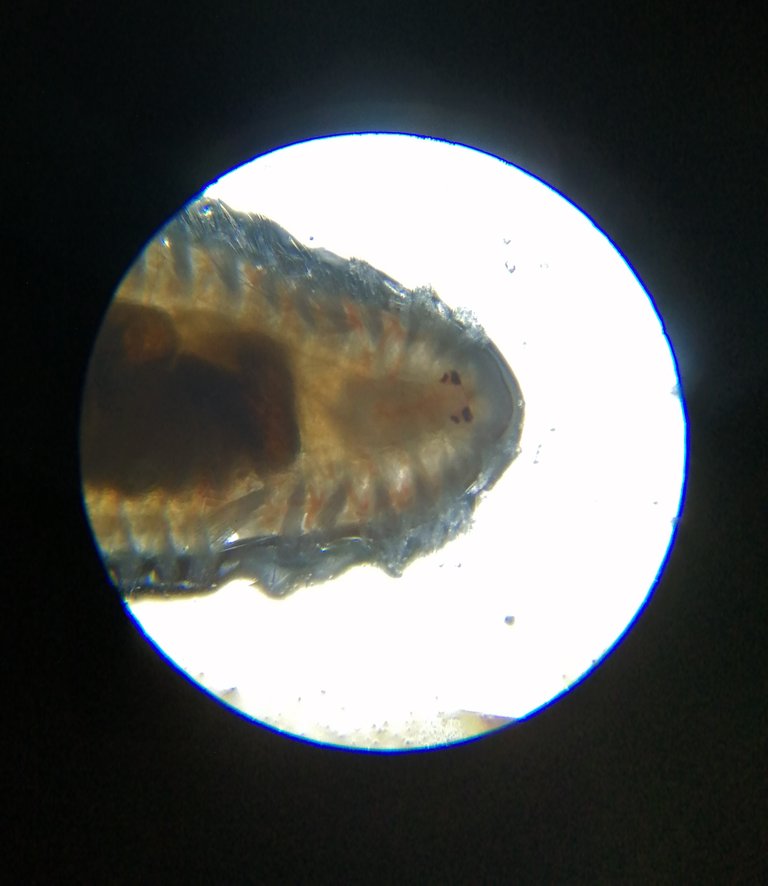
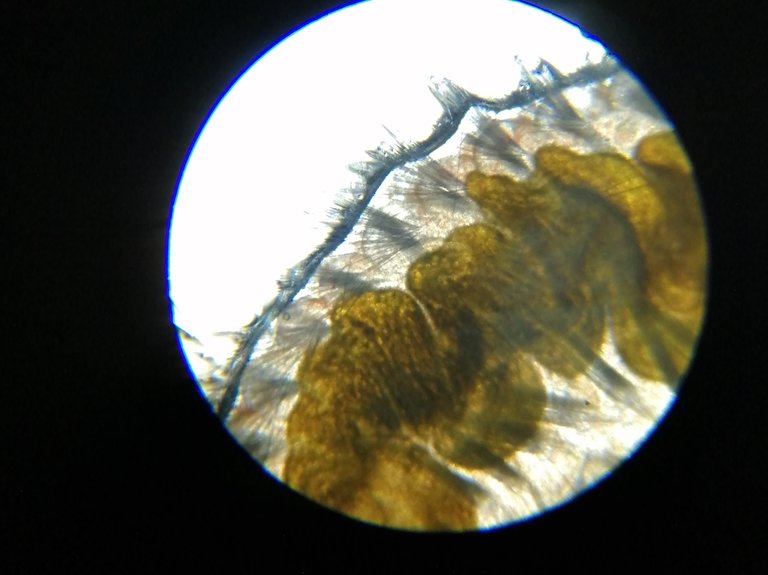
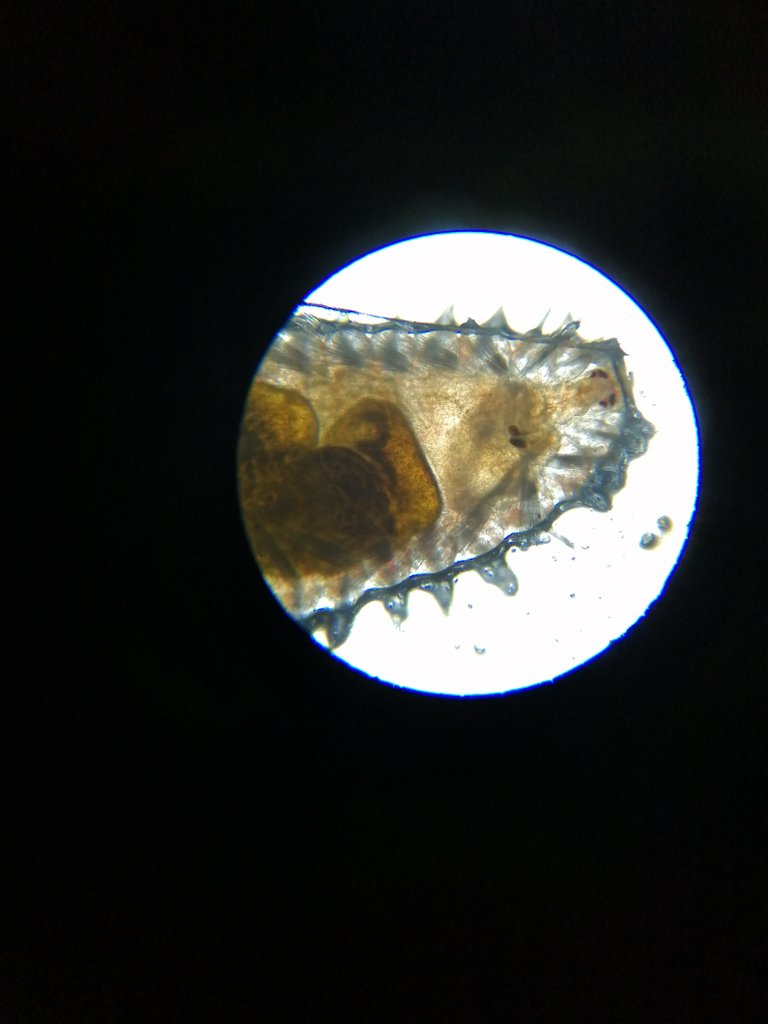

DNA is an organization to foster and DENSIFY NATURE-APPRECIATION which aims to establish REPORTS OF BIODIVERSITY DATA that is contributed by all of us Hiveans and subsequently cataloged.
Therefore DNA searches for HIGH-QUALITY posts that aim to DESCRIBE and determine the BIODIVERSITY AROUND YOU with added EXPLANATIONS and INFORMATION. For these informative posts they offer a CURATION SERVICE using the @dna.org account. It is also a CURATION TRAIL. Just add the #dna TAG if you think that any of your posts is what they are looking for.


THANKS FOR READING ME🙂🧠🦾👍
https://www.ecured.cu/Gusano_de_fuego
http://reefkeeping.com/translations/spanish/2003-03/rs/index.php
BYEEE!!!! / UM GOSTOOO!!!🙋♂️👍

























